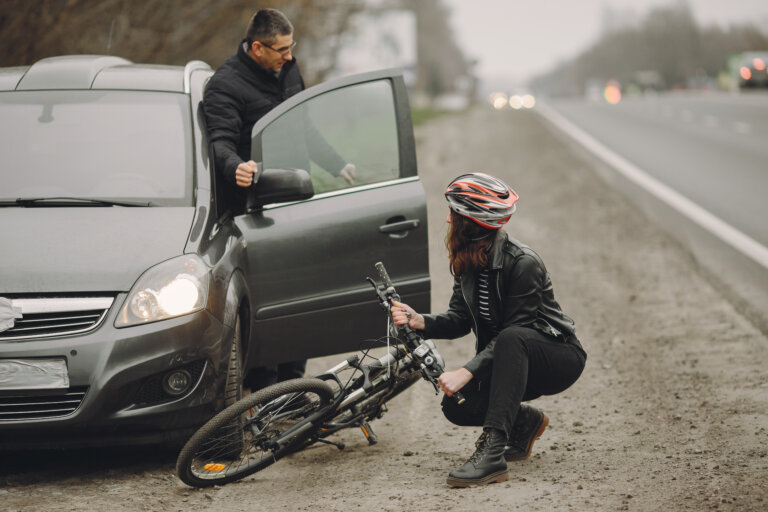According to the Robert Wood Johnson Foundation, there is a link between where you live and how healthy you are. Based on this statement, you might consider factors like housing, access to fresh foods, and a healthy water supply. One of the factors that you might not consider relevant to a healthy community is transportation.
Research shows that Latino communities in the United States face transportation inequities that impact health and safety. Such inequities include:
· Unsafe streets
· Unsafe or unstable biking and walking environments
· Lack of access to public transportation
· Lack of access to affordable and reliable transportation alternatives
These inequities put Latino communities at risk. They limit access to shopping, healthcare, parks, greenspace, and schools. They also increase the risk of traffic accidents and related injuries and fatalities.
Are Latinos More at Risk of Traffic Accidents?
In recent years, studies have examined the increase in traffic accidents and fatalities among Latinos. Research suggests that auto accidents are the leading cause of death among Latinos 1-34 years old. Research also shows that Latino children are less likely to be properly secured in seatbelts, which increases the risk of injury or death.
In states like Texas and California, traffic accident rates among Latinos are incredibly high compared to other states. However, as the Latino population continues to increase nationwide, there is concern about how accident rates will continue to rise in other states as well. Currently, Latinos make up 13 percent of the population. By 2050, that number is expected to reach 24 percent.
With this in mind, many states are working toward improving safety and transportation issues in Latino communities. Initiatives are aimed at improving access to public transportation, increasing seat belt use among children, and solving any inequity.

